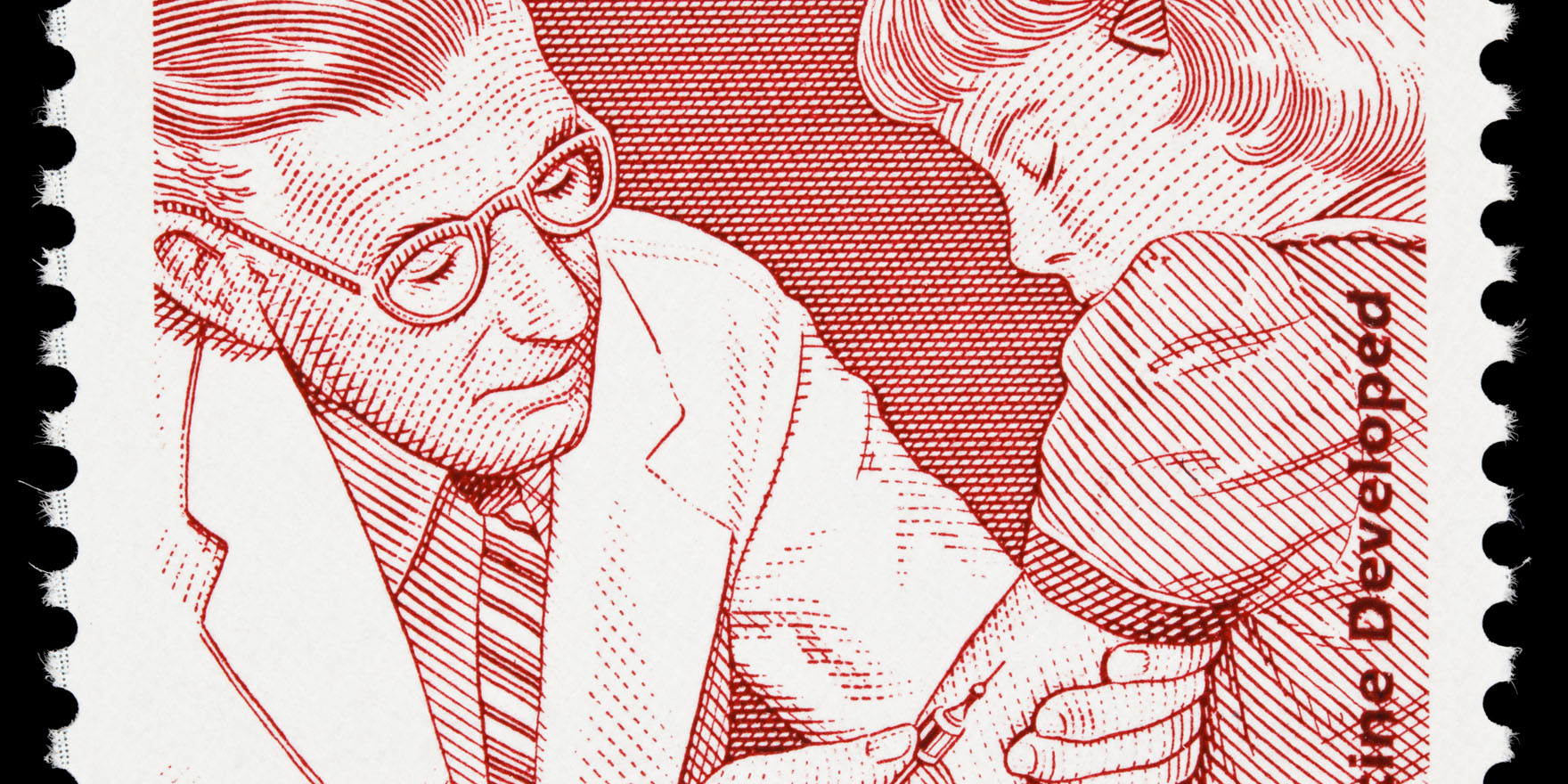The scourge of poliomyelitis left at least 40,000 Australian children bedridden for months to years in the 1900s
The scourge of poliomyelitis left at least 40,000 Australian children bedridden for months to years in the 1900s.
“It was a flu-like illness that was not often picked up in polio sufferers,” says Dr Stephen de Graaff, a rehabilitation physician based in Melbourne.
Children with polio would be put to bed with high fevers and treated as if they’d had an upper respiratory tract infection.
“They would often be in bed for two to three weeks before they were appropriately managed,” says Dr de Graaff.
“The principal features after the generalised infection included weakness of limbs, slowing of milestones, and often disorientation if there was a cerebral component to the myelitis.
“Children would often be hospitalised … for months to years, require quite a deal of intervention from nursing in particular, physiotherapists and masseurs and would end up with surgery, particularly to limbs that weren’t affected to biomechanically adjust their situation.”
The Australian Bureau of Statistics reported at least 40,000 cases of polio but there were probably three times as many cases.
In the following video, Dr de Graaff answers these questions:
- What is the natural history of polio infection?
- What is post-polio syndrome syndrome?
- What are some less typical symptoms of post-polio?
- How common are later problems from polio?
Click here to watch the full video:



